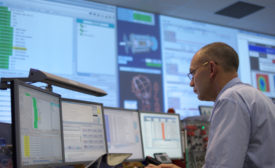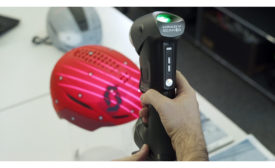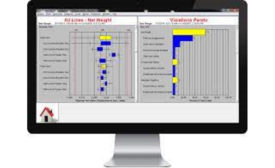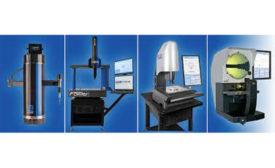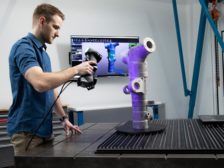Articles by Darryl Seland
Improved visibility into the data your organization already gathers can help leaders to gain actionable insights and, later strategic improvement plans.
Read More
How 3D Scanning Solution Boost Quality Gains and Productivity
The key to being successful with automated measuring solutions is to simplify the deployment.
November 9, 2021
The Ins and Outs of Portable CMMs
Learn how a portable CMM works, and why it differs from other, similar tools.
November 8, 2021
How Manufacturers Can Make the Most of Their Data
The right SPC software helps leaders earn solid returns on their quality management software investments.
October 11, 2021
Making A Case for In-Process Inspection
Implementing these in process inspections in real time helps manufacturers to avoid last-minute delays and averts wasting material.
October 11, 2021
Why In-line and At-Line Metrology Solutions Are the Next Step in Automated Quality
Manufacturers who want to completely automate quality control must rethink how to conduct quality in the manufacturing environment.
October 11, 2021
Column | Darryl Seland
From the Editor: Serendipity, A Meaningful Connection?
October 8, 2021
Stay in the know with Quality’s comprehensive coverage of
the manufacturing and metrology industries.
eNewsletter | Website | eMagazine
JOIN TODAY!Copyright ©2025. All Rights Reserved BNP Media.
Design, CMS, Hosting & Web Development :: ePublishing
